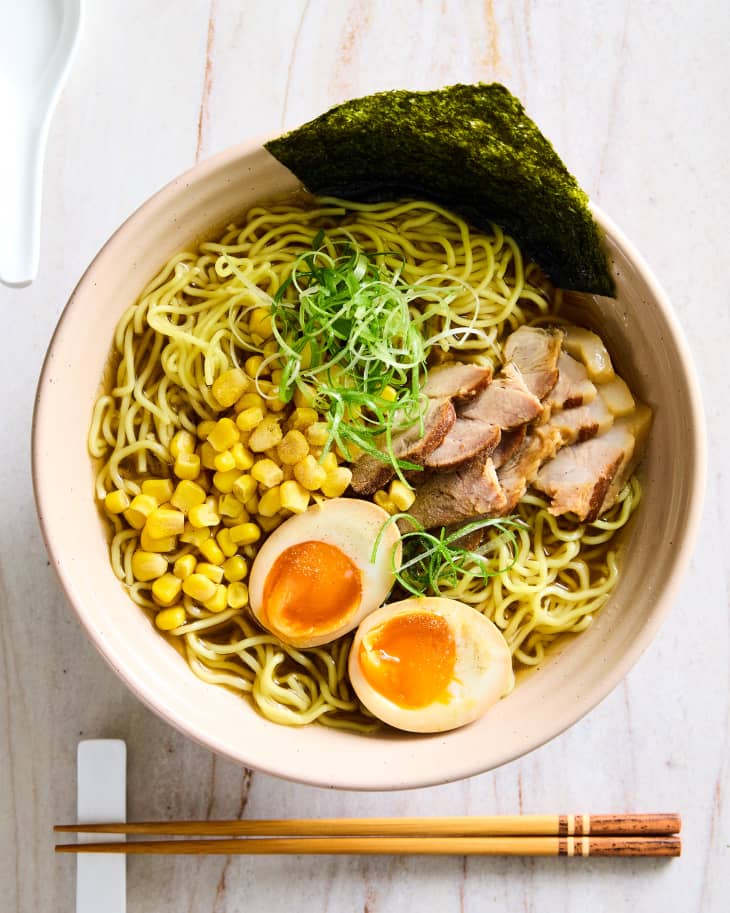23 Essential Japanese Recipes You’ll Want to Make on Repeat
We independently select these products—if you buy from one of our links, we may earn a commission. All prices were accurate at the time of publishing.
There’s no wonder why Japanese is one of the most beloved cuisines in the world. Besides being responsible for sushi, Japanese cuisine also commands a deep understanding of umami — or deeply satisfying, savory flavor. What’s more, it’s a cuisine that’s full of simple, accessible recipes, going far beyond the expensive raw fish or days-long ramen recipes by which it can be commonly defined.
So whether you’re completely new to Japanese cuisine, or you just need a quick refresher, we’ve rounded up some of most popular yet classic recipes to help you get started. From a crispy tonkatsu recipe to comforting udon, these Japanese dishes (and a couple of Japanese-American iterations) will inspire your kitchen adventures ahead.
Filed in:
